After decades: The lawn of the Histadrut building in Tel Aviv opens to the public
The workers' union decided to remove the fences surrounding the building and allow free passage and public use of the spacious lawn in the complex
Tel Aviv's Histadrut Building (Photo: Reuven Castro)
Executive floor burrowed in the Histadrut building (Photo: Reuven Castro)
Prepare the mats. The Histadrut, in cooperation with the Tel Aviv-Jaffa Municipality, is currently promoting the removal of boundaries that delimit the historic Histadrut building on Arlozorov 93. Objective: To transform the lawn and surrounding area into a large garden open to the public. The move is expected to commence in two weeks.
The Histadrut complex of the Histadrut was designed in 1949 by a team of architects that included, among others, the founding fathers of Israeli architecture, Dov Carmi (The Hall of Culture, together with Jacob Rechter), and Yitzhak Yashar (Tel Aviv Museum, together with Dan Eitan). Four buildings were built on a plot of 14 dunams, and the area was considered to be the edge of the city during the construction of the complex, which revealed that the arrival of the site was expected to be easy and convenient, and that the activity would be life-threatening in this area.
Public building and space like Rabin Square
The main building, which is the House of the Executive Committee (now known as the Histadrut House, GN), was built during austerity, but was designed to give a sense of power, bureaucratic citizenry and public fairness. It is no coincidence that his popular nickname then was "The Fortress."
More in Walla! NEWS More in Walla! NEWSAyalon East: The oldest industrial area in Tel Aviv is full of towers
To the full articleIts architecture is of international style, which was common in public buildings in the country in the 1950s and 1960s. These are rectangular box structures, with fronts designed as grid (lattice) of identical windows with "Brisolei" - cast concrete veneers. These buildings are almost always seated within extensive gardens, or squares, and strangers to their surroundings.
Dr. Zvi Alhaini, a historian of Israeli architecture, explains that the way in which the buildings that made up the executive committee's complex characterize typical modernist spatial conceptions sought to control public buildings in ceremonial and representative order, thereby creating a balanced relationship between the buildings and the open spaces around them. Period also the buildings on the Givat Ram campus around an open lawn. And in a slightly different way, the Tel Aviv City Hall and the Kings of Israel Square (now Rabin. GN) were designed at the foot of it, or the Habima Square. This is how some of the most active and successful public spaces in Israel were created. In the House of the Executive Committee, however, the open spaces from the audience were controlled and controlled. Alienation towards the central building, which is also far from the street line, from the public domain. "
The "fort" of the 1950s became the Kremlin
The architect of the landscape is a white man who is in charge of designing the landscape of the new garden at the front of the Histadrut building, emphasizing that it respects the theme of preserving the building and the garden, but believes preservation is not a freezing of an existing situation: "Opening public settings is a welcome thing. It was important. We have to give some interest in the garden, to motivate people to get there, and on the other hand, not to damage the image of the lawn and the building.The shading will be solely by trees and there will be no playground facilities. Types of stay, but more on the periphery of the area. "
Histadrut chairman Arnon Bar-David admitted this week to Globes that he is dealing with the Histadrut's image problem, which was one of the motives for the move. He said the building, which he calls the Kremlin, looked a bit threatening, so he said He decided to open it to "Tel Aviv's urban areas." Bar-David also added that "The Histadrut House in Tel Aviv is an integral part of the state's history and is one of the most recognizable buildings with city views. I am glad that, right now, as the Histadrut enters its centenary, its home of workers in Israel continues to raise new flags. Opening the lawn to the general public is indeed a symbolic step, but it is a step that has a definite statement about the way this organization works and its continued work on behalf of workers and society in Israel. "

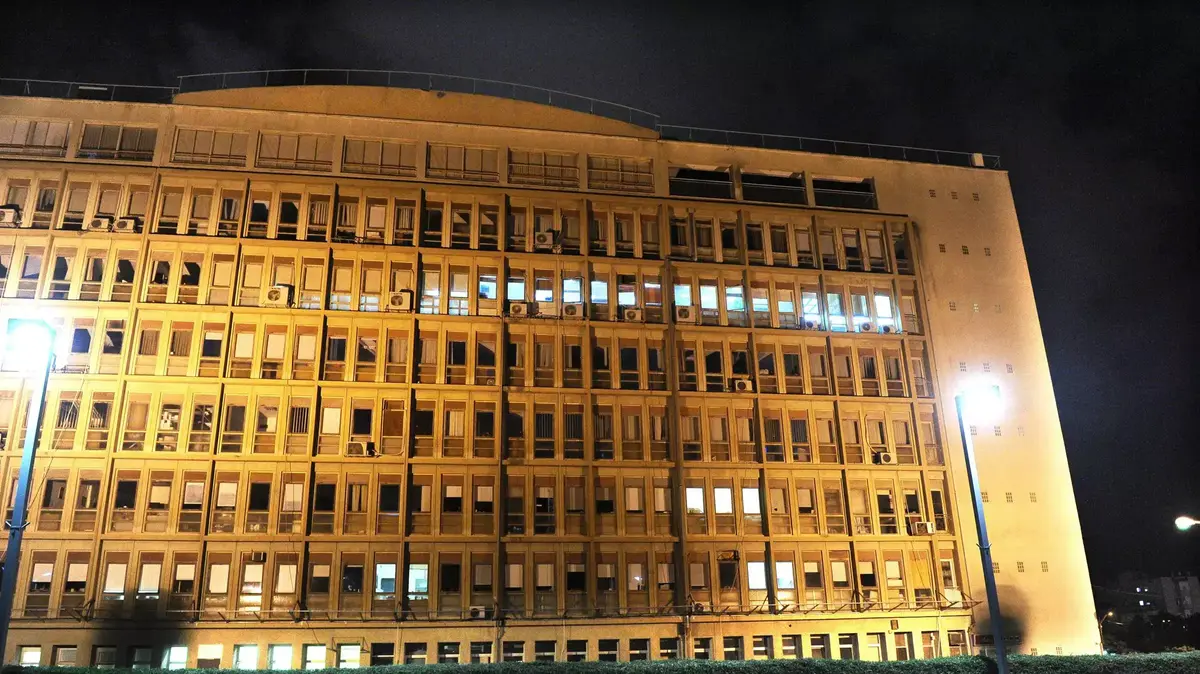
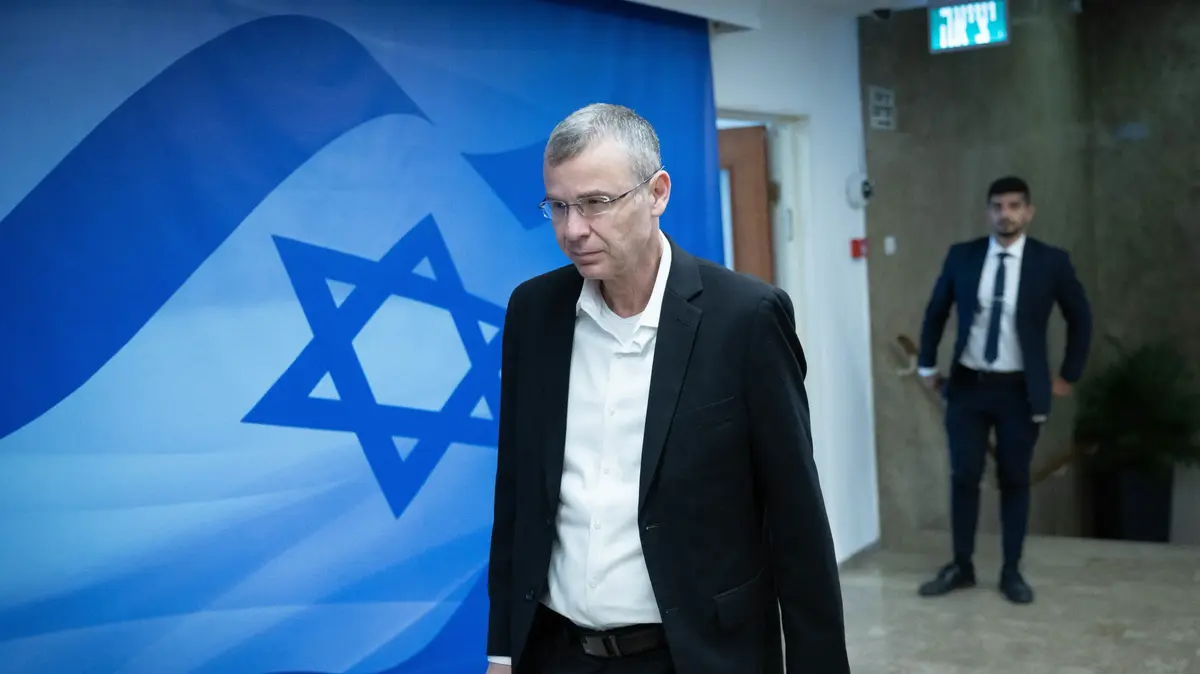
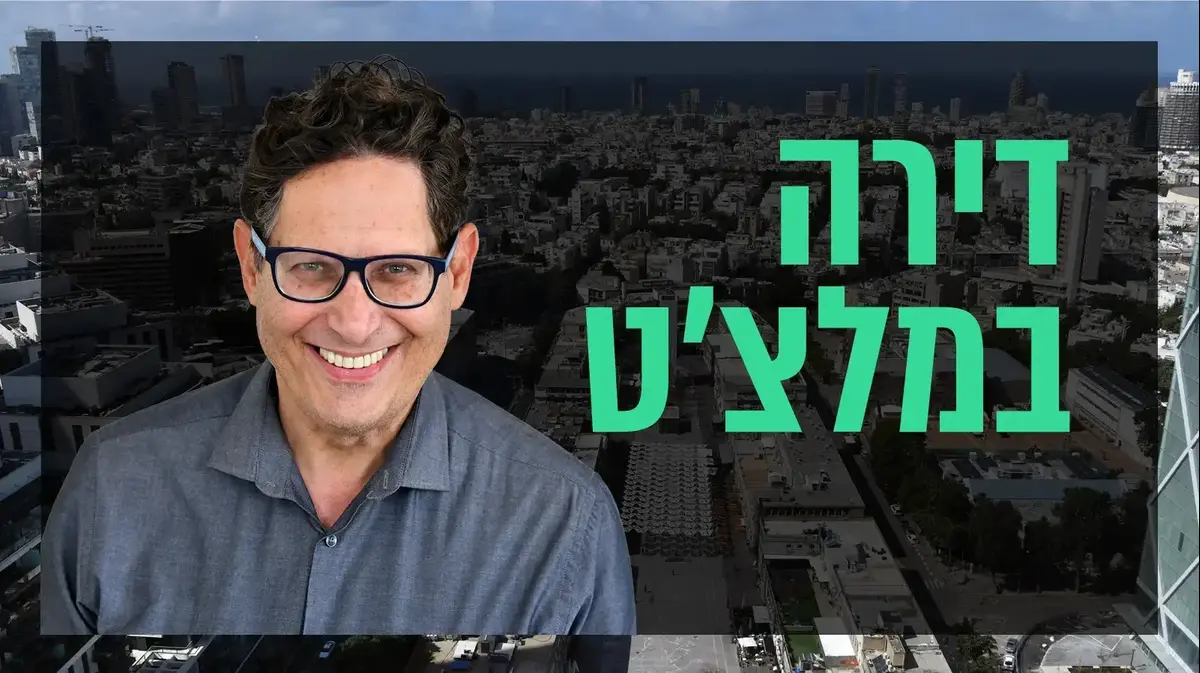
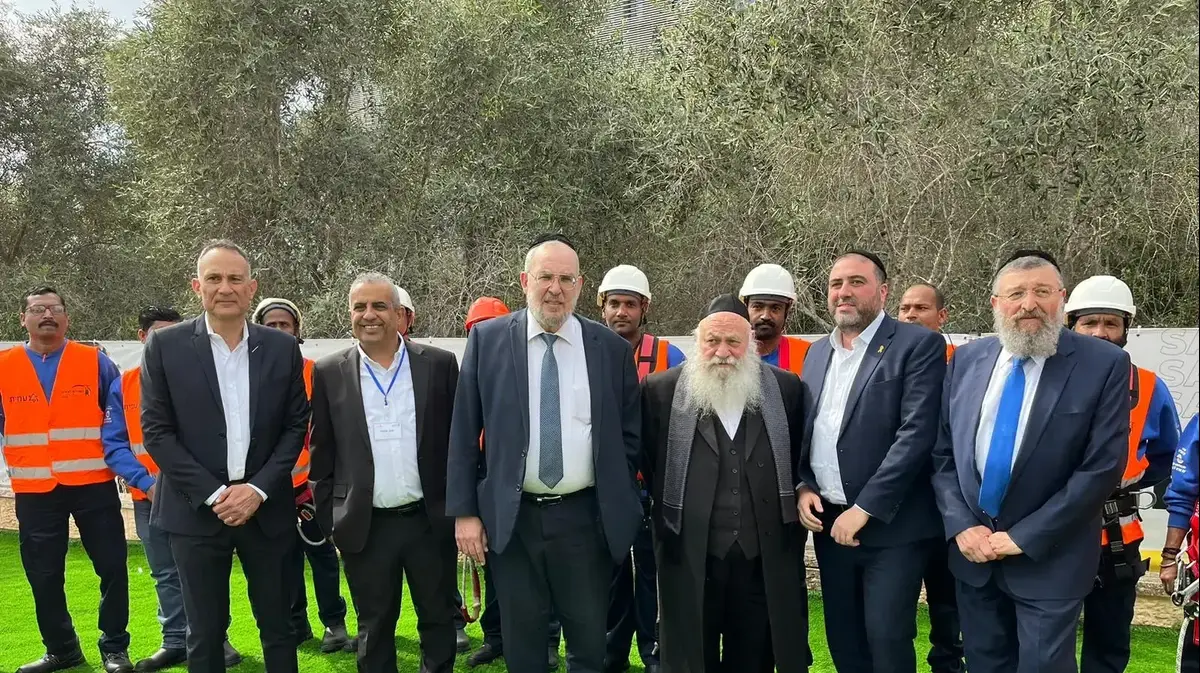
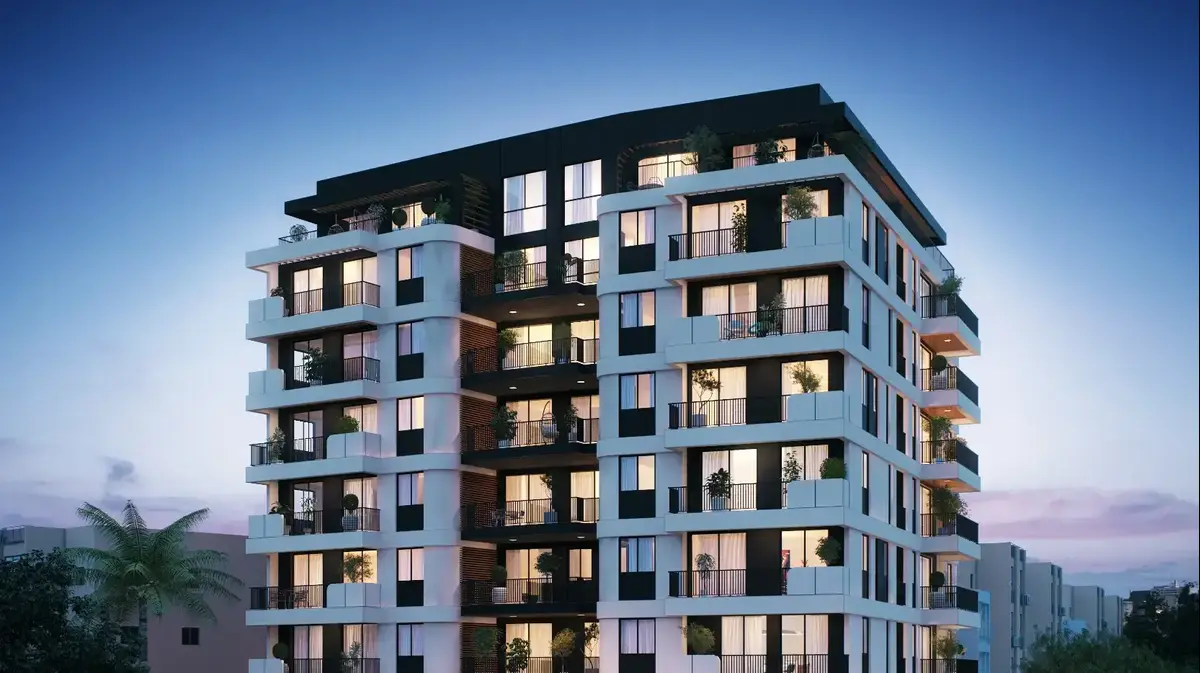
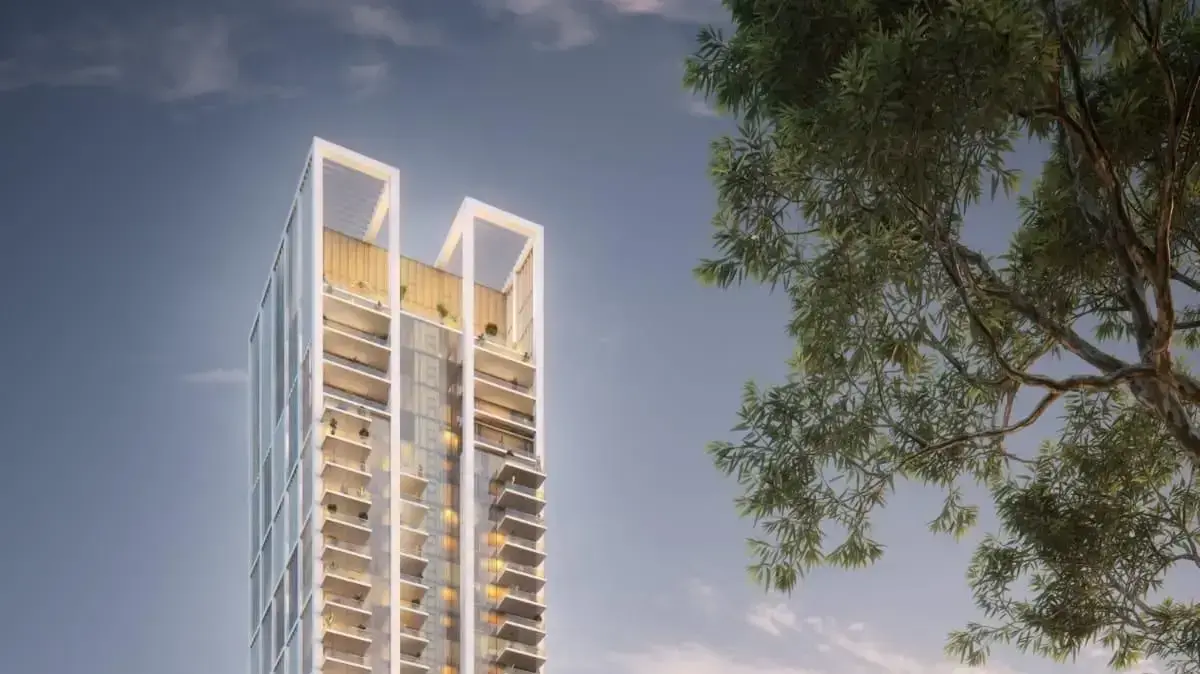








/cloudfront-eu-central-1.images.arcpublishing.com/prisa/IGZ7GOCXZ5GUPAQ2HWGK6Z76BU.jpg)